We caught up with the brilliant and insightful Marcel Van der Stroom a few weeks ago and have shared our conversation below.
Marcel, thanks for joining us, excited to have you contributing your stories and insights. Can you open up about a risk you’ve taken – what it was like taking that risk, why you took the risk and how it turned out?
For almost twenty years I was part of the corporate world. A small cog in the corporate machine where everyone has their own role, follows processes, workflows, fills out approval requests. I made very decent money, which afforded me to live comfortably without thinking too much about what I spent my money on. Day in day out, I worked 10 to 12 hours a day and traveled the world doing ‘my job’ as a financial manager. Then slowly, things started changing in the way I saw myself. While I liked the day to day of the job, I started resenting what it stood for: status, greed, a system that exploited many people in the world for the benefit of a very few. So, I decided that I needed out. But that was easier said than done, as I was used to a lifestyle that matched the money I made. Some of you might recognize this: you make enough money to be dependent on it but not that much money to be independent.
After months of pondering and talking things through with my wife I decided that I had to do what was right. For most of my life, I had been happiest around dogs. Later in life I discovered photography and I decided that that was what I was going to do: I was going to become the best dog photographer in Arizona and would build a non-profit helping create a world without animal homelessness. I wrote my resignation letter and presented it to my boss. After 20 years climbing the ranks of the company he thought I was joking. Most people thought it was a negotiation tactic. Why would someone give up a “perfectly great job” to do something that is such a big risk?
The truth is, I really didn’t know why. But it doesn’t always matter if deep inside you know it’s the right thing to do.
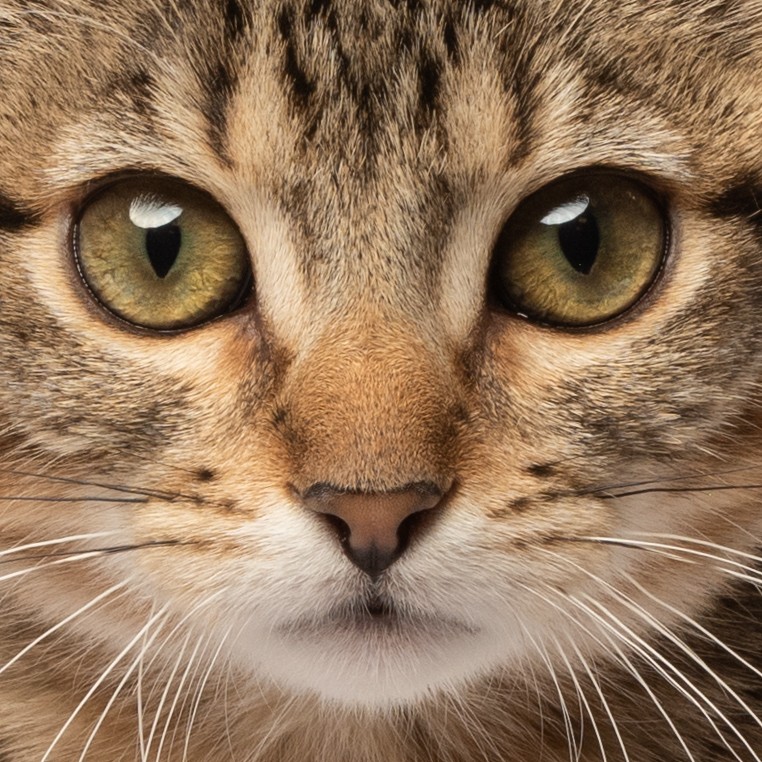

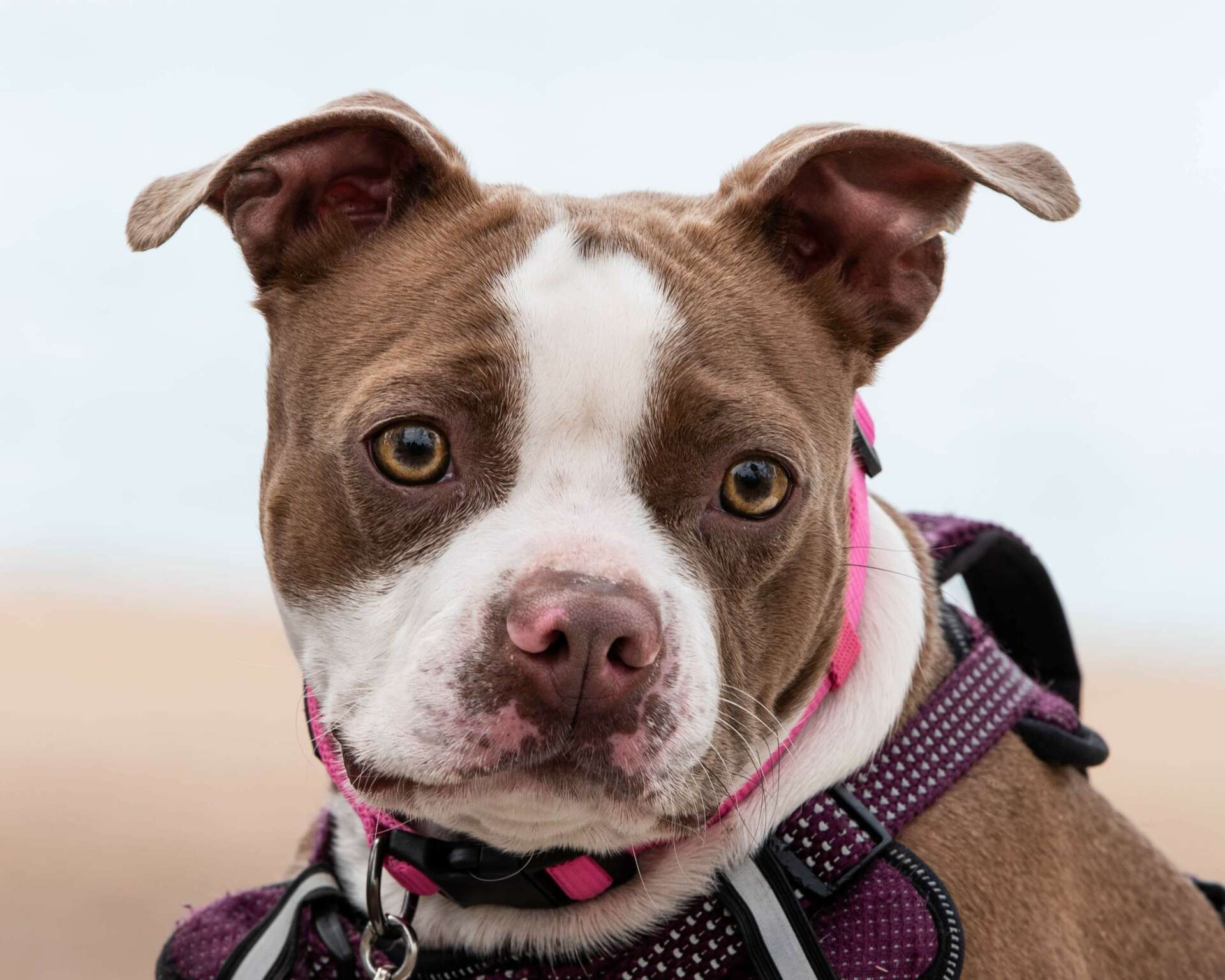

Awesome – so before we get into the rest of our questions, can you briefly introduce yourself to our readers.
In addition to the earlier story, which describes how I ended up being a dog photographer, there are some things that really attracted me to this profession. First, in my old profession I spent most my time with people up in the corporate chain of command. Some of them were ruthless people that got to the place in the corporation through some unethical behavior. Now, there might be dogs that act aggressive or scared, but no dog acts unethical or has a hidden agenda.
Second, for most of my life I didn’t have a good outlet for my creative drive. I am terrible at drawing or painting by hand, but I discovered that was really good at having a vision for a finished product and creating that vision with technology – in my case camera equipment, lighting and photoshop.
The third component is the strong desire to be part of something bigger than myself, something that last longer than me – maybe call it a legacy. Coming from the Netherlands to the United States I was surprised about the many social issues that were present. Poverty, homelessness, expense healthcare, it really surprised me as the country looks so wealthy from the outside. I ended up volunteering at Lost Our Home Pet Rescue in Tempe (lostourhome.org) and over time found incredible satisfaction from working with animals and the people who share my love for them.
At Progress Through Photography, our mission is to help create a world without animal homelessness. That is why our motto is “creating a better world with every click”. We sell Pet photography services, portrait photography, graduation photography, pet photography at fundraising events and artwork (premade or on commission). With these funds, we support local charities and provide pet photography services free of charge to select charities.
At this moment, we provide 25% of our revenues to animal related charities in Arizona. As a new business and social enterprise, I want to pivot towards structural prevention of animal homelessness, rather than supporting the animals already in the shelter system and that is something that will be rolled out during 2022. One step is changing my legal status to a non-profit, the other one is to create a more identifiable impact.
After researching the problem, I found that there are seven key structural reasons that drive animal homelessness, which I list on https://ptpusa.org/end-animal-homelessness/
Any insights you can share with us about how you built up your social media presence?
When I left my old profession, I also enrolled in a masters degree called “Digital Audience Strategy'” at the Walter Cronkite school of Journalism at Arizona State University. This thought me to be very focused on what you want to achieve with social media. Here are three things that I learned:
1) Strategy matters: First, determine what business objectives your goals are. Second, know who your audience is. Then translate these goals into social media goals at the places where your audience lives online- and select key metrics that you measure your success on. Do not focus on ‘vanity metrics’ like follower count or number of likes. They won’t make you reach your goals, unless your goal is to feel good about yourself. Rather look at real engagement, like shares, link clicks and comments.
2) Quality supersedes quantity: Creating quality content takes time, effort and a lot of research, but it can pay off more than posting the same funny memes every week (there is a place and time for memes…). Just like with your content on your blog or website, you want to focus on content that helps your audience achieve their goals.
3) Data matters. There is so much data available for free and by using it you take the guesswork out of the equation. For Facebook and Instagram, Crowdtangle is a very useful tool to learn what works for you (and your competition !). For Twitter, use the built-in Twitter Analytics. Make a data based review of your success (or lack thereof) part of your daily or weekly routine.
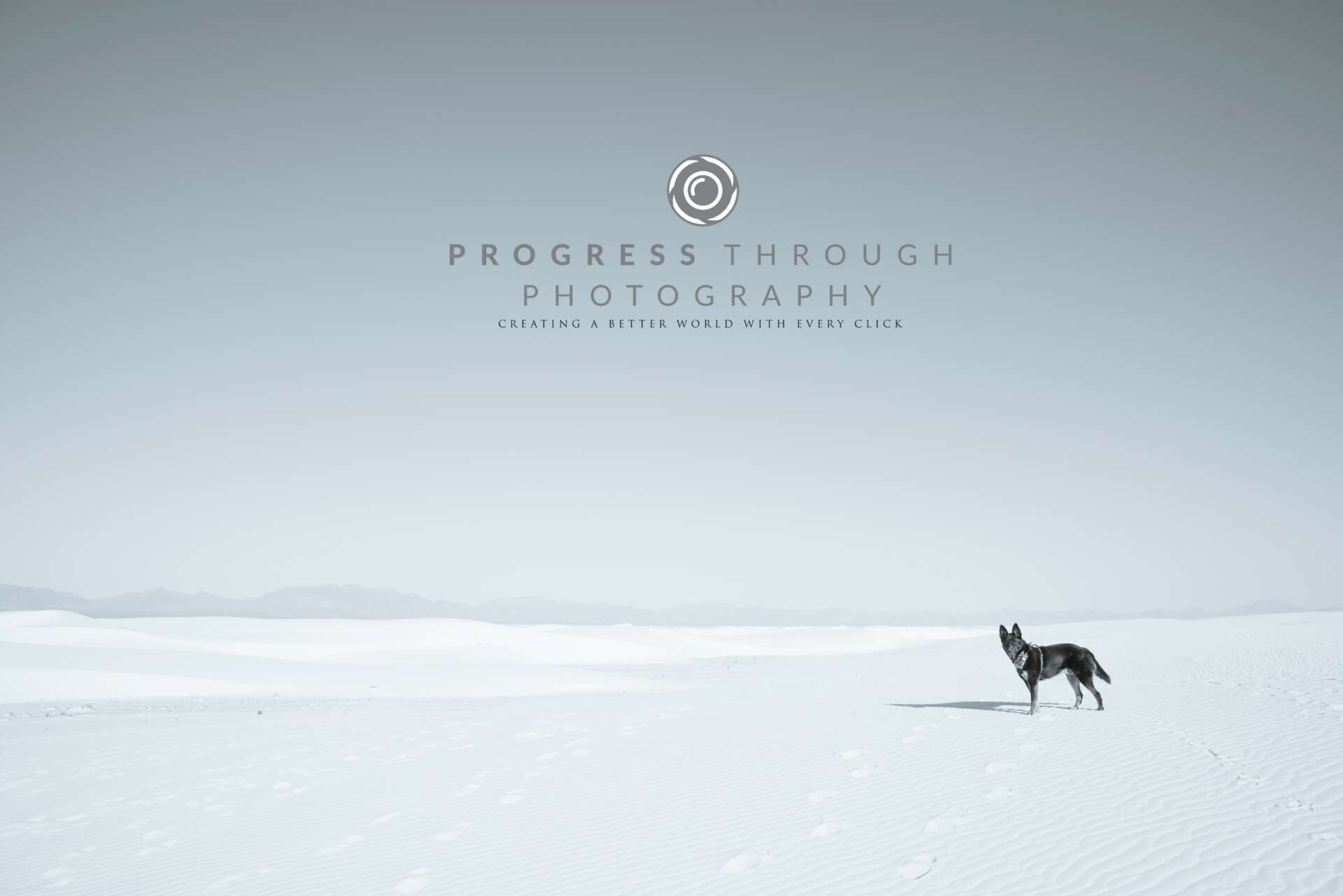

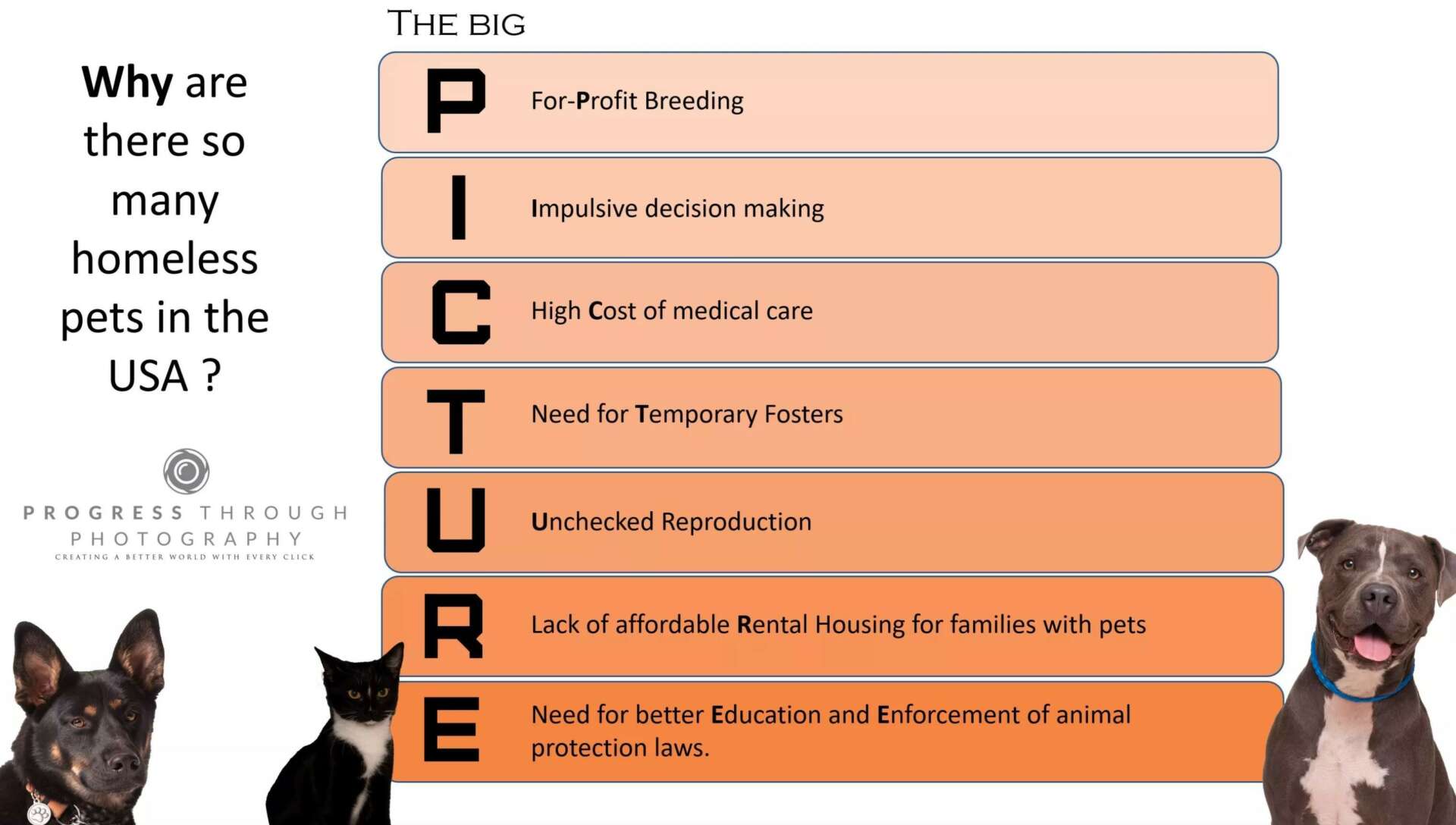
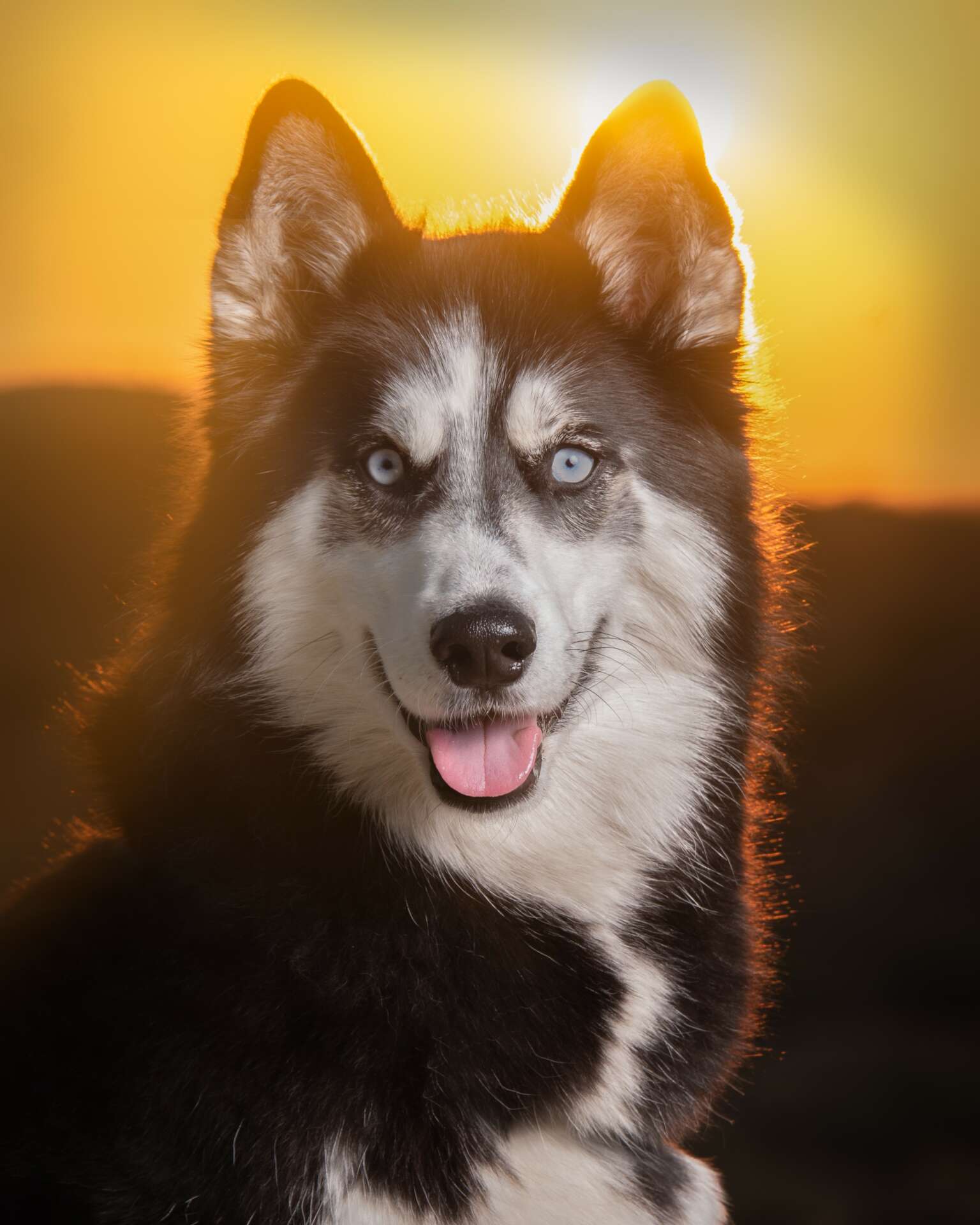
Are there any books, videos, essays or other resources that have significantly impacted your management and entrepreneurial thinking and philosophy?
I am an avid reader, so there are many books that have shaped my thinking. Having to choose one person whose TED talks and books have impacted me most, it is Simon Sinek, who created the Golden Circle Concept. It is a very simple (but not easy) method to tell a story in a way that it sticks. You start with the Why, then go to the What, and only at the end tell about the How. Companies with great marketing success, like Apple, have used this model. As an example, if I would be writing an email to a potential client, I am not saying: We use a Nikon D810 and use studio lights to take photographs of your dog (the How) but focus on the Why: Dogs are part of your family and they deserve great artwork so you can admire and remember them at all times. The Why is the reason people do business with you, not the how.
Contact Info:
- Website: https://ptpusa.org
- Instagram: https://www.instagram.com/progressthroughphotography/
- Facebook: https://www.facebook.com/progressthroughphotography
- Linkedin: [email protected]
- Twitter: https://twitter.com/PTPArizona
Image Credits
I am the photographer. Marcel van der Stroom


